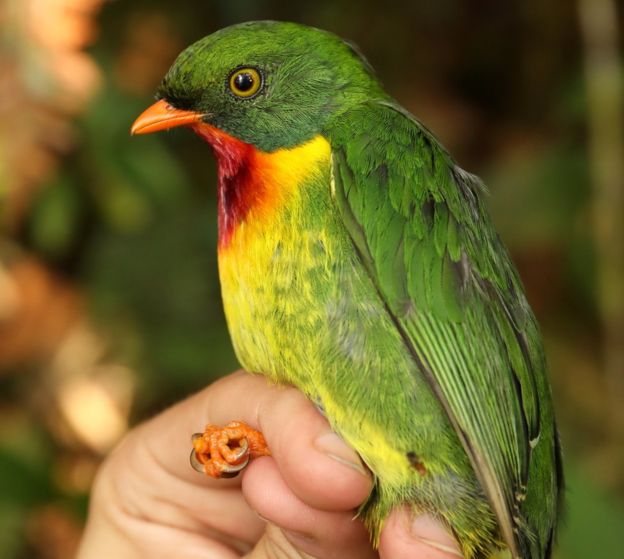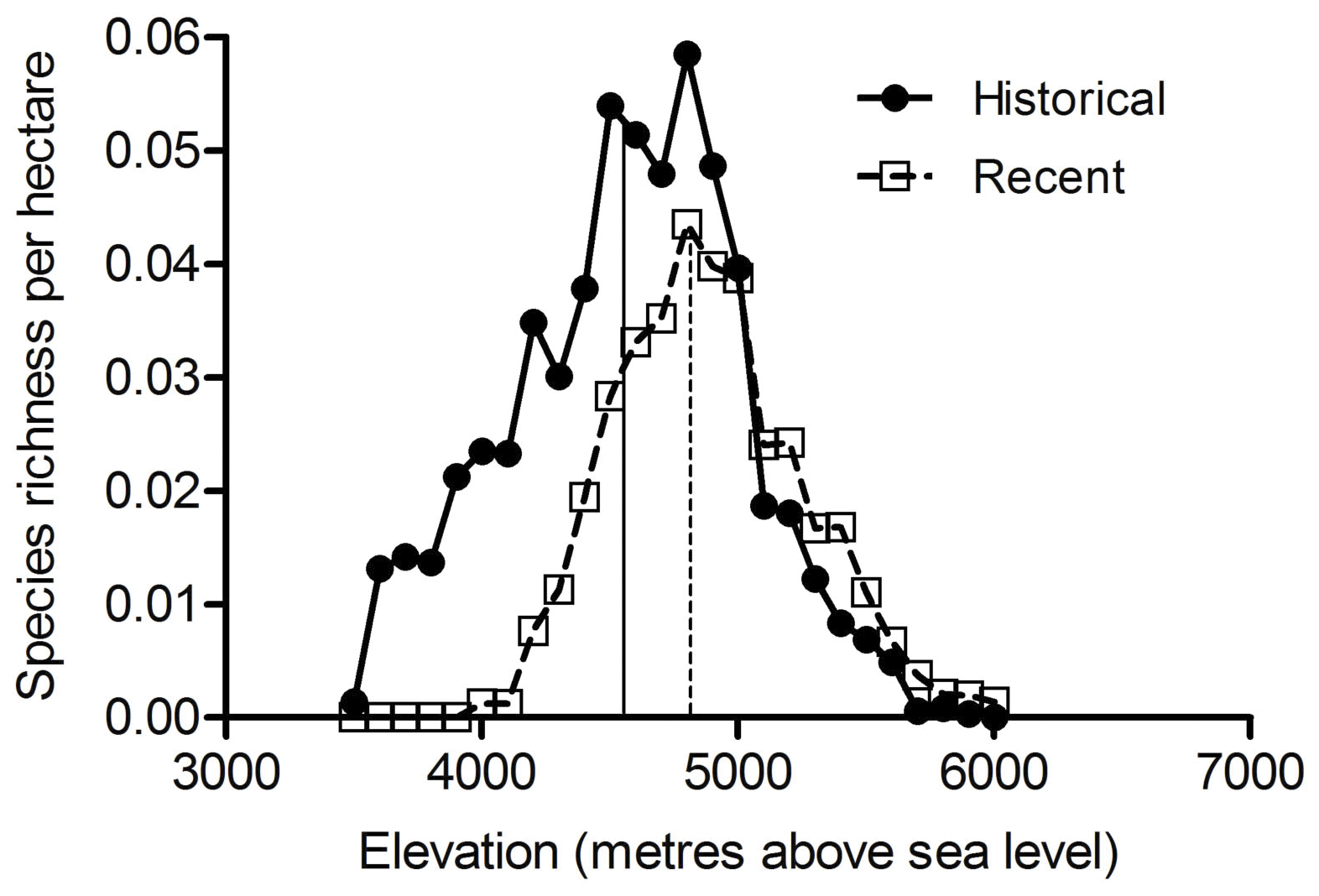Scientists believe that the global temperature will continue to rise for future decades due to climate change and global warming, which will impact the whole ecosystem severely. One big issue that scientists found in recent years is called “Elevational Range Shift”. Each species that lives in a different range and altitude of mountains, together form a balance in mountain ecosystem. As the temperature continuously increase, many species, especially those living in the mid and high elevation of mountains, seek to escape from the warming original habitats and move towards higher ground. However, the living space in mountaintops is limited. What will happen to those creatures that have already lived at the highest levels and cannot go any higher? The only ending is the extension. In recent several years, more evidence have shown that species’ geographic range shift had arose and constituted an elevational extinction to species that live in mountains.
In November 2018, Dr Benjamin Freeman, from the University of British Columbia, published an article showing evidence about impacts of recent temperature warming on high-elevation birds species abundance declination and extinction in Peruvian Andes Mountains. Peruvian Andes is a tropical mountain located in the western edge of South America, with an average height of about 4,000m and host abundant types of species. Tropical species, especially birds, born and live within one particulate section of woods and don’t migrate.

A scarlet-breasted bird lives at high elevations on the Cerro de Pantiacolla in Peru. Source: BBC News
“It is only got a little bit warmer in the tropics and tropical animals seen to live a bit higher now than they used to,” told by Dr. Freeman to BBC News report.
The research team conducted a survey in 2017 of bird species that lived on a mountain peak by using same methods and at same time of year as a pervious survey carried out in 1985. They compared the results and found that the average living range had shifted upwards of the slope and most bird species that are found at the highest elevation had already declined in population and range significantly. Of the 16 species of tropical birds that had been recorded living at high elevation of the study area in previous survey, 8 had disappeared in the new survey in 2017.

Comparative species richness patterns for recent and historical. Source: PLOS
In contrast, scientists found that low elevation living bird species of the mountain get benefits from climate change by expanding their habitats range as they shift their upper living limits upslope. But current increasing in abundance still cannot guarantee that these birds will not face to the problem of run out of habitats.
What about the non-mobile species, like plants? Scientists believe that plants may be unable to shift according to the data showing that about 88% plant species show weak to no evidence of range shift. The main reason is due to plants’ dispersal limitation. Plant need other species, such as birds, or external force like wind to disperse seeds, which may not be quickly enough to keep peace with climate change.
In conclusion, the escalator to extinction will be even worse in the future if temperature continuously rising. “The way to deal with it is to maintain protected habitat corridors that stretch across large elevational gradients.” told by Dr. Freeman to BBC News.
– Jingyi Cheng
